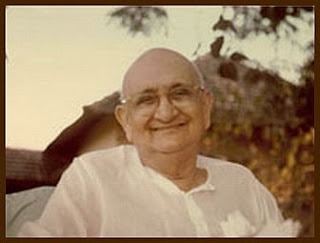Indigofera Tinctoria bears the common name 'true indigo'. The plant is one of the original sources of indigo dye and has been naturalized to tropical and temperate Asia. Today most dye is synthetic (which is cheaper and easier to produce) but dye from Indigofera Tinctoria is still available and marketed as natural colouring.
True indigo is a shrub, one to two meters high and has light green pinnate leaves and sheafs of pink or violet flowers. The plant is a legume, so it is rotated into fields to improve the soil in the same way that other legume crops such as alfalfa and beans are. The plant is also widely grown as a soil-improving groundcover.
Tamil Nadu has a long, rich heritage in the use of natural dyes (drawn from mineral sources) in both Temple and Cave paintings. Binding materials like clay and rice husk used to be applied as a natural paste on rock and Temple walls to support the paintings done in natural dyes, made over it.
The production of 'indigo cakes' is currently being developed in Tiruvannamalai. The process includes cultivation of the plant Indigofera Tinctoria, its harvesting, fermentation and then the production of 'indigo cakes'.

The dye is in fact obtained from processing the plant's leaves, which are soaked in water and fermented in order to convert the glycoside indican naturally present in the plant to the blue dye indigotin. During this process plant leaves are gathered in huge pits, weighed down using wooden poles, and soaked in water. The leaves are left thus to ferment. Later three to four people men stamp on the water-soaked leaves continuously for many hours until the water, which is green to start with, slowly turns into the rich blue of indigo.
The precipitate from the fermented leaf solution is mixed with a strong base such as lye, pressed into cakes, dried, and powdered. The powder is then mixed with various other substances to produce different shades of blue and purple.





















